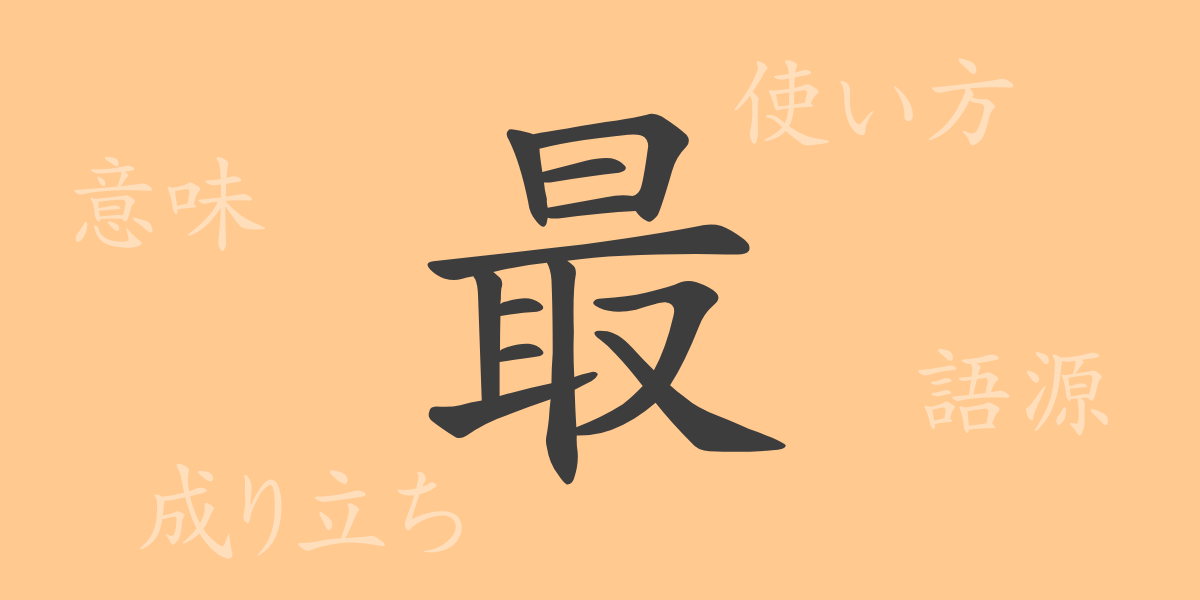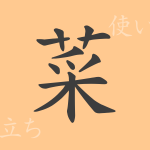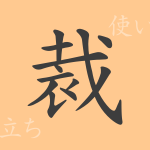Among the symbols of the richness and complexity of the Japanese language are kanji. One of the important kanji frequently used in everyday conversation, literature, and business is “最” (sai). This article delves into the meaning, origin, and usage of the character “最” (sai), as well as the idioms and phrases that use this character.
Etymology of 最 (sai)
The kanji “最” (sai) originated in ancient China and has evolved over time. Tracing the etymology of “最” (sai) reveals that it was originally formed from the character “取” (to-ru), meaning “to take,” combined with the phonetic element “冃” (mō). Over time, it came to mean “the highest” or “the best,” and in modern times, it is used in words like “最上” (saijō, the best) and “最高” (saikō, the highest).
Meanings and Usages of 最 (sai)
The kanji “最” (sai) is often used as an adverb meaning “most,” and it is combined with other kanji to form words such as “最高” (saikō, the highest), “最低” (saitei, the lowest), and “最新” (saishin, the newest). These words indicate the extreme state of something within a comparison.
Reading, Stroke Count, and Radical of 最 (sai)
The kanji “最” (sai) is one of the easier kanji to remember due to its readings and structure.
- Reading: In the on’yomi reading, it is “サイ” (sai), and it has no kun’yomi reading.
- Stroke count: 12 strokes.
- Radical: 冂 (tō, meaning “crown” or “lid”).
Idioms, Phrases, and Proverbs Using 最 (sai) and Their Meanings
There are many idioms, phrases, and proverbs in Japanese that include “最” (sai). Here are some examples:
- 最愛 (さいあい, saiai): The most loved person or thing.
- 最適 (さいてき, saiteki): The most suitable for a particular purpose.
- 最前線 (さいぜんせん, saizensen): The front line in a war, or the forefront in a particular field.
- 最終 (さいしゅう, saishū): The end or final point of something.
- 最小公倍数 (さいしょうこうばいすう, saishōkōbaisū): The least common multiple of two or more natural numbers.
Conclusion on 最 (sai)
The kanji “最” (sai) plays a crucial role in the Japanese language due to its versatility. It is used to describe both the best moments and the worst situations, making it indispensable for expressing extreme states. Through this article, we hope your understanding of “最” (sai) has deepened, allowing for richer Japanese expressions.

























